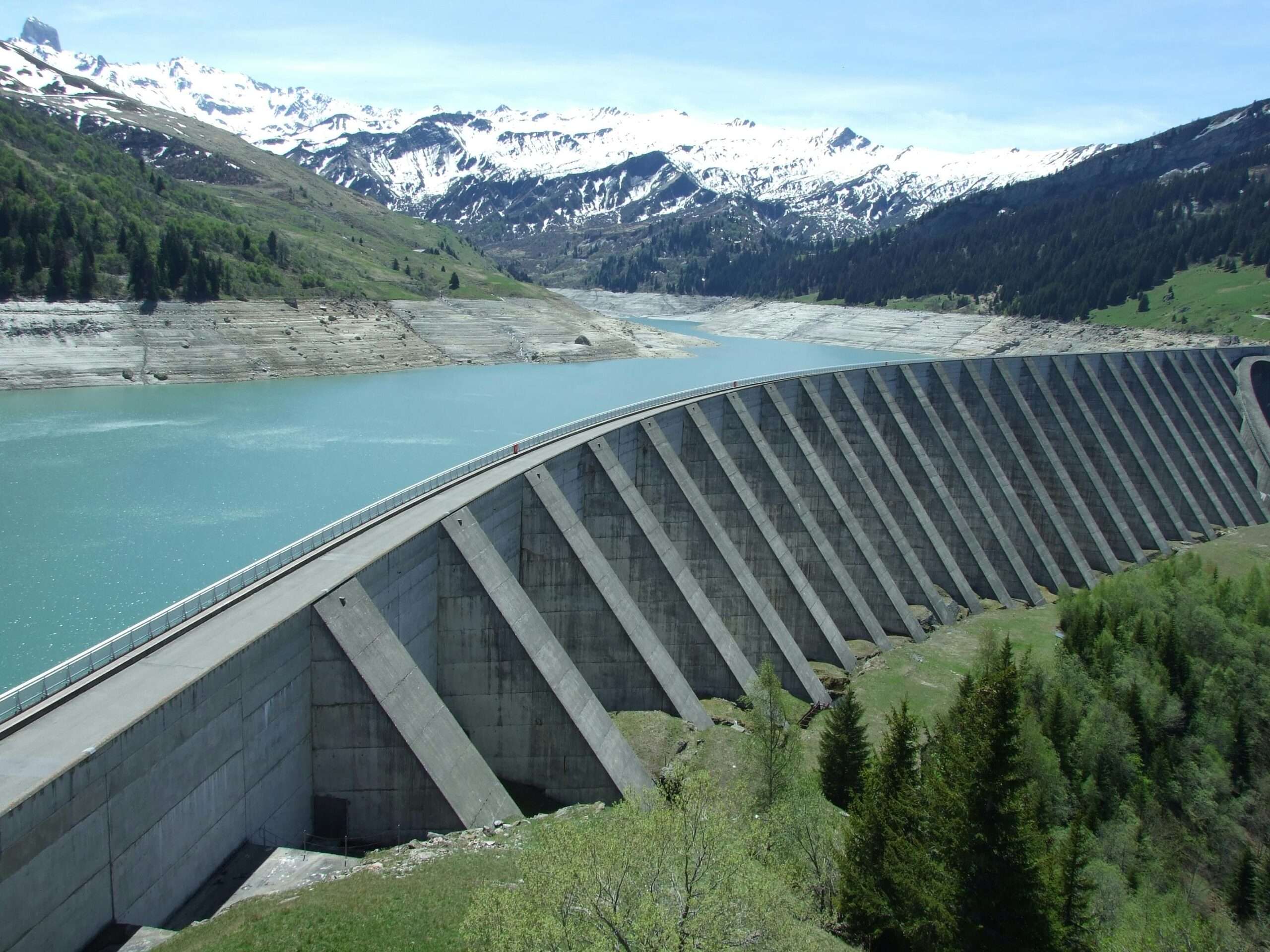Climate Change and Human Rights: India’s Dam Constructions in Kashmir
For the past seventy five years, Jammu and Kashmir has lived under the military occupation of the Indian state.
The consequences of this occupation for the human rights of the indigenous population have been numerous. Among these consequences, the human costs Indian constructed dams are inflicting upon the lives of ordinary Kashmiris require urgent attention. The lack of indigenous people’s autonomy to shape and foster their relationship with their own climate and environment is characteristic of India’s occupation of Kashmir. The primary determinant in construction of these dams is not the well-being of the locals, but the state’s own geopolitical and national interests.
Dungara is a small village in Indian-occupied Kashmir’s Kathua district. Most residents of Dungara are farmers who grow fruit, rice, and mulberry trees in order to produce silk. But the relationship of the people of the Dungara with their environment is jeopardized by the Indian state’s plan to build a large multipurpose project on Ujh. Ujh is a tributary of the Ravi River which in turn pours into the Indus River. The Indian state is justifying the Ujh project through its potential to produce 186 megawatts of electricity. However, a drastic outcome of the project is that it would entirely submerge Dungara and displace the villagers. It shall also include the deforestation of more than 330,000 trees, further endangering the climate of the region. Around 52 villages, that consist of 3,700 families, would lose their homes due to the project. For the Indian state, the Ujh multipurpose project carries national importance, as it provides it a geopolitical strategic advantage over neighboring Pakistan. However, the cost of displacement and dispossession it entails for the indigenous people has largely missed public scrutiny. The locals were not even consulted by the government about the project. Climate experts have warned that the Ujh multipurpose project has serious environmental implications, as a whopping 338,317 trees are set to be cut down for the project.
Kishtwar district is situated around 250 kilometers northeast of Jammu. The Chenab river is one of the major tributaries of the Indus and it flows through the mountainous region in the middle and outer Himalayas. The Indian state is constructing seven new hydropower dams on the Chenab and its tributaries in Kishtwar district. The construction of these dams has resulted in landslides that have cost people their houses. The National Hydroelectric Power Corporation has also acquired people’s lands for building dams, lands that were the sole source of agricultural produce for the families, without giving them any compensation. The frequent blasting of the surrounding mountains to build tunnels and installation of a concrete batching plant in the area has resulted in houses developing cracks, rendering them uninhabitable. Around 20,000 people are reported to be directly affected as a result of building the seven dams in Kishtwar district. Even those locals who were offered compensation – after being forced to vacate their homes and give up their lands – found that the compensation is severely inadequate for buying another land, let alone building a new house. While the government promised the villagers of the Kishtwar district jobs for each household, skill training and cost of educating their children, the villagers contend that the promises were not fulfilled.
Marwah is one of the remotest parts of Jammu & Kashmir, and it is home to around 35,000 people. It is the site of the Bursar Hydroelectric Power Project, and was planned on Marusudar, a tributary of the Chenab River. The government’s Environmental Impact Assessment (EIA) of the Bursar dam maintains that around 336 families in seven villages will be displaced due to the dam construction, and 1,052 families will be impacted negatively overall. It also states that 1,095 homes, schools, shops, cattle sheds and mosques will be dismantled. Civil society believes the displacement rate to be higher, estimating that around 10,000 people in 20 villages would be displaced. The lands are not merely a source of economic sustenance for the locals, but they hold them as defining their very existence and sense of who they are. As the only skill most of the locals have is agriculture-based, divesting them of their lands means effectively snatching their livelihoods and endangering their survival. The state’s neglect towards the local people’s human rights is evinced by the fact that both the Bursar Hydroelectric Project, and Baglihar Hydroelectric dam on the river Chenab, were cleared for construction without a site visit that may have helped evaluate the climatic risks the projects entail. A community of 1,400 Kashmiri residents was devastated by the Baglihar dam, as the dam resulted in the submerging of the town of Pul Doda. 400 families in the town were living a decent life before their homes and livelihoods were drowned under water due to the construction of the dam, pushing them into abject poverty. The government had promised them resettlement and a shop, but the promise never materialized.
Climate activists and analysts have raised serious concerns over the rampant and unsustainable construction of dams in Jammu and Kashmir. According to them, the dams are a threat to the delicate ecology of the region, including forests, flora and fauna. Experts believe that the persistent construction of dams at such a scale and pace will augment the disaster potential such as flash floods and landslides. Because Jammu and Kashmir is a region largely characterized by high seismicity, local geologists and earthquake researchers have been warning against constructing dams, but the state disregards all such calls. Kishtwar, a site where seven new dams are under construction, is an active seismic zone. A 2018 study conducted by seismologists from the Jawaharlal Nehru Center for Advanced Scientific Research forecast that an earthquake of magnitude of 8.5 or more is overdue in these parts of the Himalayas. Floods have a long history in Kashmir. According to the data, the worst floods that the valley has witnessed were in the year 1841, 1893, 1903, 1929, 1948,1950, 1957, 1992, and in 2014. According to climate experts, deforestation, unplanned construction, and unsustainable dam projects have led to the persistent flooding. During the 2014 floods, several thousand villages across the region were affected and 390 villages were entirely submerged, around 300 Kashmiris died and numerous families lost their houses.
Taking into view all the human and ecological costs that India’s dam constructions are engendering, and the human rights violations that follow, it is necessary that the Indian state be compelled to give up on inflicting what are essentially state-manufactured disasters upon the lives of the indigenous people of the occupied Jammu and Kashmir.




